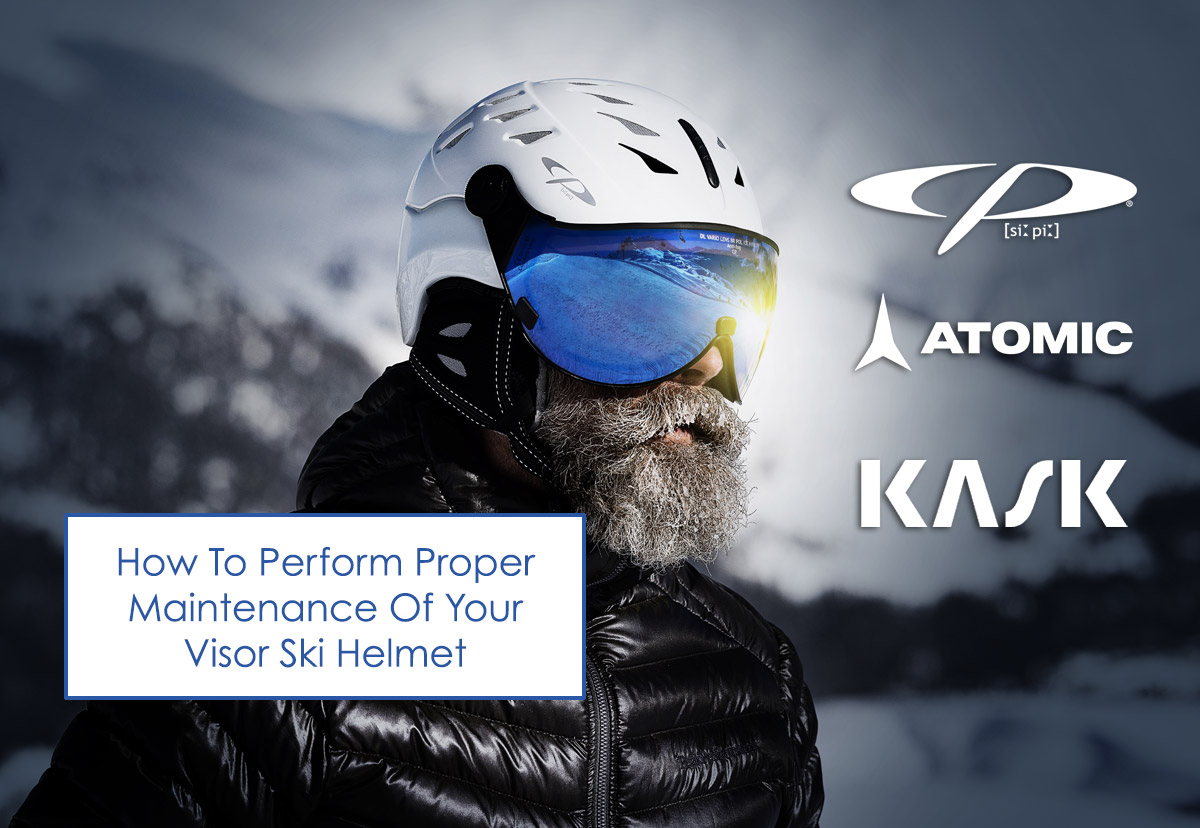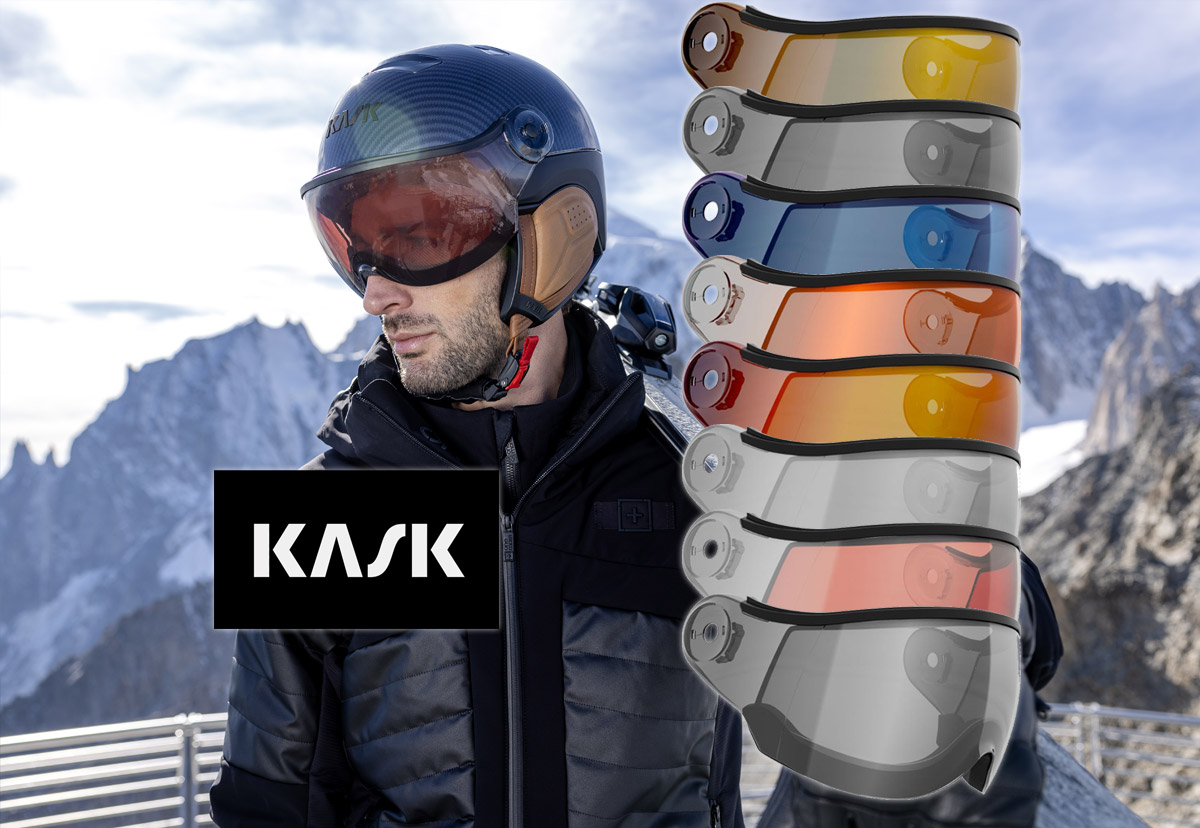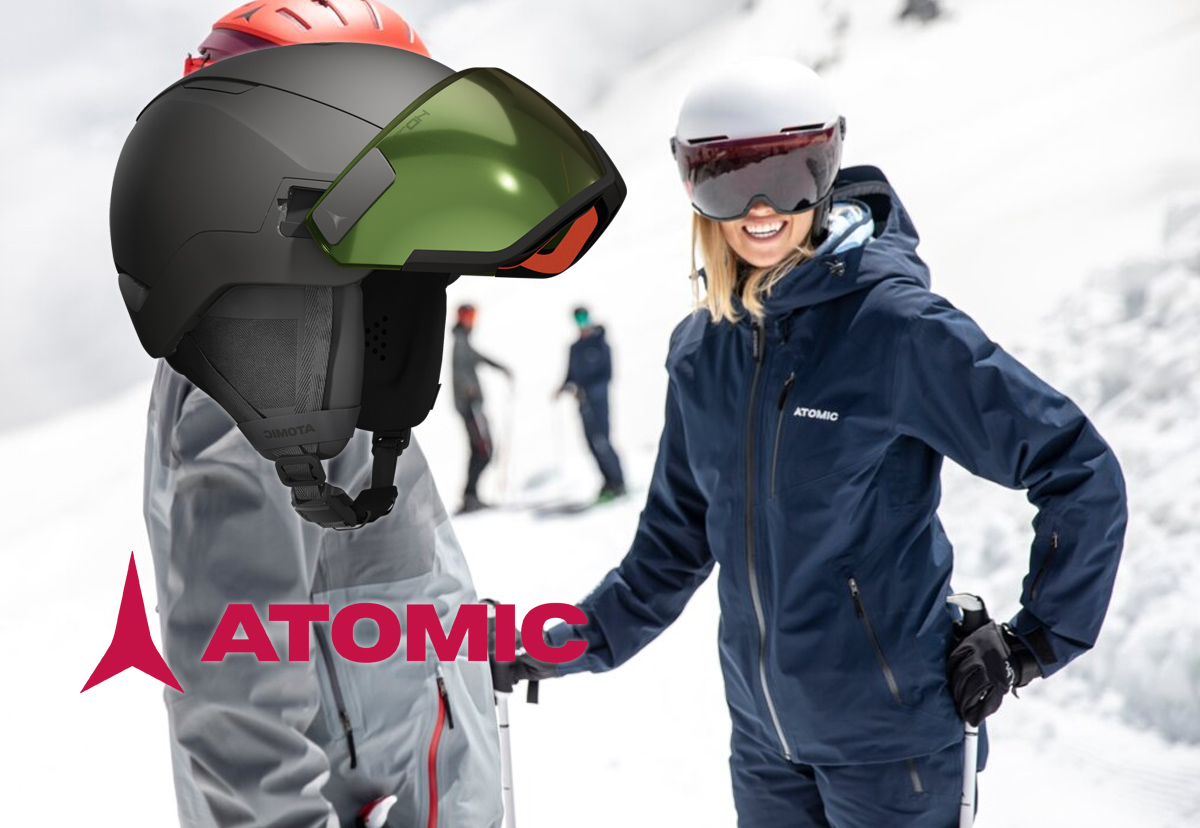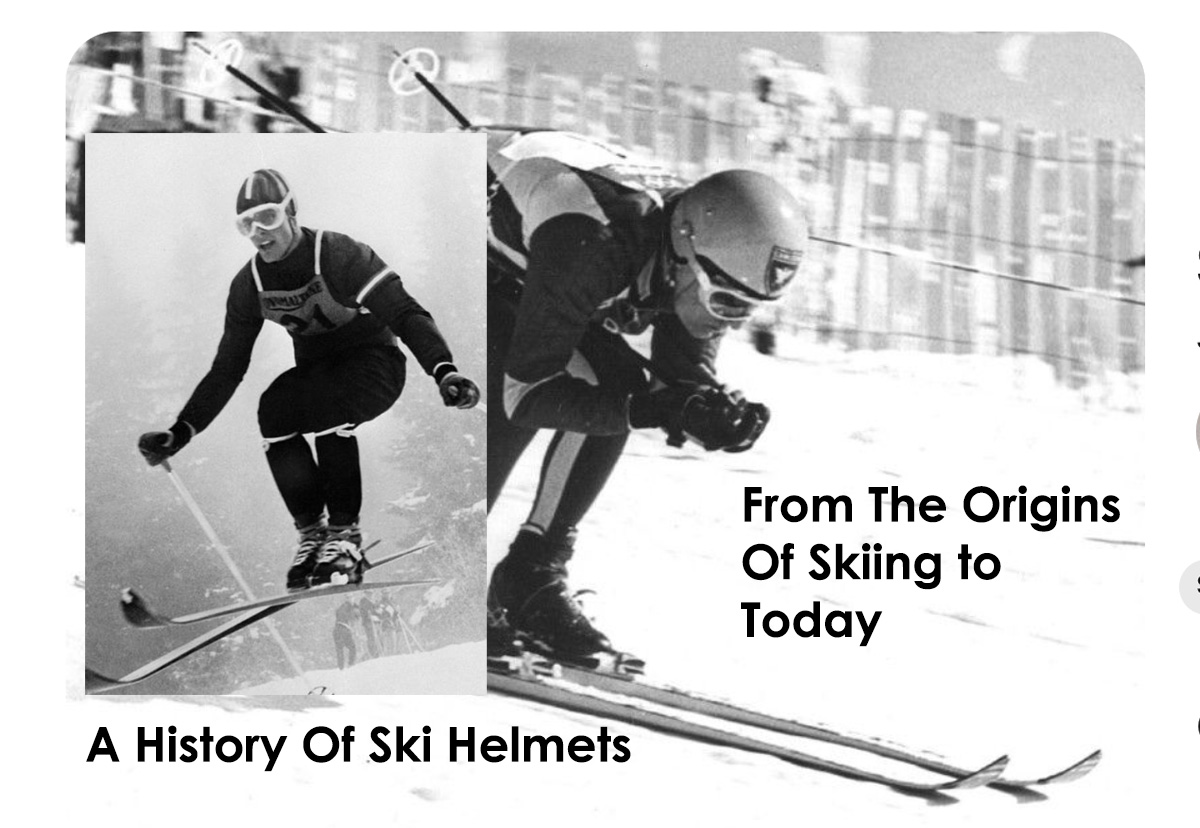
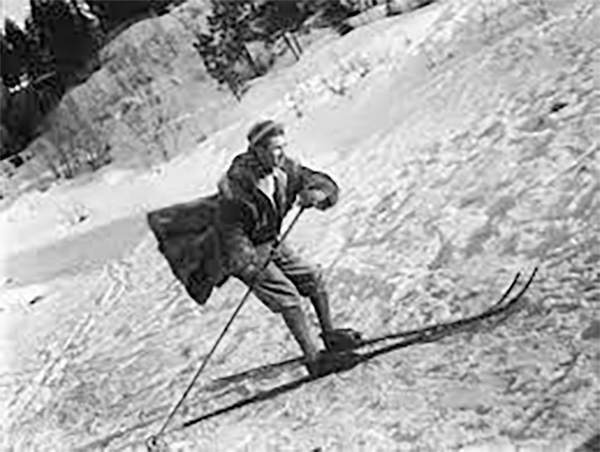 In the early years of recreational skiing no one wore a helmet but the sport of skiing was a very different thing at that time. In those days the equipment was rudimentary and ability levels were low so speeds were very slow on the slopes. Additionally, there were very few people on the limited commercial ski slopes of the time and the snow was generally very soft as there were not enough skiers to pack it down.
In the early years of recreational skiing no one wore a helmet but the sport of skiing was a very different thing at that time. In those days the equipment was rudimentary and ability levels were low so speeds were very slow on the slopes. Additionally, there were very few people on the limited commercial ski slopes of the time and the snow was generally very soft as there were not enough skiers to pack it down.
As we take a look at the evolution of the use of ski helmets on the slopes we cannot do so without looking at the evolution of the sport of skiing itself. We won’t go all the way back to the first discovered skis in Russia dating somewhere around 6,000 B.C, or even delve too deep into the Norse god Ullr and the goddess Skaöi who were reportedly hunting on skis in approximately 550 B.C. Though it may be of interest that the very word “ski” came from the Old Norse language word skíð meaning “stick of wood” or “cleft of wood”.
Let’s instead jump to the first organized use of skis, this is largely accredited to the Norwegian and Swedish infantries using skis in 1767. The military units trained on skis to cover ground and even practiced shooting while moving on skis.
For recreation, the use of skis was not too far behind, by the early 1800’s people were skiing recreationally and ski clubs began to form by the mid 1800’s. These clubs focused mainly on cross-country skiing and ski jumping, racing was still a ways off. But things started happening fast in 1904 with the first recognized ski race in Bardonecchia, Italy followed the next year by the formation of the U.S. National Ski Association. With the momentum generated by these races and clubs and the advancements in technology, the sport saw a renaissance over the next several decades culminating in the first Winter Olympic Downhill in 1936.
Ski racing suffered its first fatality just two years later in 1938 when Giacinto Sertorelli who had finished 7th in that first Olympic race went off the slopes on the same course in Garmisch. Over the next couple decades racers started wearing cycling helmets but these leather contraptions offered no real protection against the speeds skiers were starting to obtain. Jean Vuarnet won the Olympics in 1960 at Squaw Valley wearing one of these leather helmets.
It was not until World War II and the development of fiberglass helmets for pilots that recreational helmets for motorcycles and skiing saw any real progress. Shortly after names we know today like Bell started making fiberglass helmets for motorsports but it took them years to make something that offered real protection. Toptex came out with a new style helmet that combined a protective shell with a crushable lining and for the first time there was a helmet that protected the skull from impact and the brain from the rebound and thus helmets entered the modern era. Bell licensed this design and that is how they became the household name in helmets we know today.
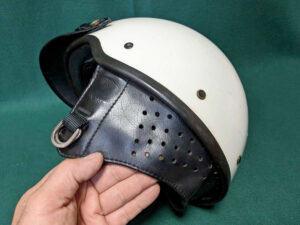 The first to use these new helmets from Bell using the Toptex technology were actually a grooming crew at Winter Park ski resort in Colorado. The ski team for the United States had seen the crews wearing these helmets and took them with them to on the 1958 World Cup Tour in Europe. This of course was ridiculed by the European racers until one of the Americans took a fall and hit his head on the ice cracking the helmet. Everyone took notice and started to take the helmets seriously. Not that the racers loved them, they were heavy, big and the wind whistled inside the helmet, but in the 1960 Olympics a Canadian racer fell and hit his head on a rock and died from his injuries. That was it the hard shell helmets were mandatory from that day forward in the downhill. No standards were set so teams all came up with their own helmets which were mostly made by their home country. This gave new companies, some who have made it to this day like Carrera a chance to break into the market.
The first to use these new helmets from Bell using the Toptex technology were actually a grooming crew at Winter Park ski resort in Colorado. The ski team for the United States had seen the crews wearing these helmets and took them with them to on the 1958 World Cup Tour in Europe. This of course was ridiculed by the European racers until one of the Americans took a fall and hit his head on the ice cracking the helmet. Everyone took notice and started to take the helmets seriously. Not that the racers loved them, they were heavy, big and the wind whistled inside the helmet, but in the 1960 Olympics a Canadian racer fell and hit his head on a rock and died from his injuries. That was it the hard shell helmets were mandatory from that day forward in the downhill. No standards were set so teams all came up with their own helmets which were mostly made by their home country. This gave new companies, some who have made it to this day like Carrera a chance to break into the market.
I started wearing a ski helmet in 1968 for safety reasons as with the gear we had at the time combined with the lack of preparation of the ski runs we were racing on we were crashing all the time. At that time the snow was not groomed like it is today, it was ski packed not groomed with modern machines. My first helmet was a leather helmet with foam baffles built in, I used this style helmet for one year before the Bell Ski Helmet came onto the scene. At this time we were only wearing the helmets in the Downhill Events. The helmets at this time were big and bulky and not comfortable.
With a slew of new designs racers started identifying specific features about the different ones that they liked and disliked. Of course the weight and size and fit were all concerns but it was during this era that metal skis came out. This along with skin suits and full metal edges brought a change in technique with skiers adopting the “tuck” we see to this day. Some of the new helmets interfered with the racers goggles making it hard to see and so accommodating the new goggles became a major concern. Specifically, the new double lens goggles that were not as flexible to the shape of the helmet but yet did offer better vision and more protection in face-plant falls.

